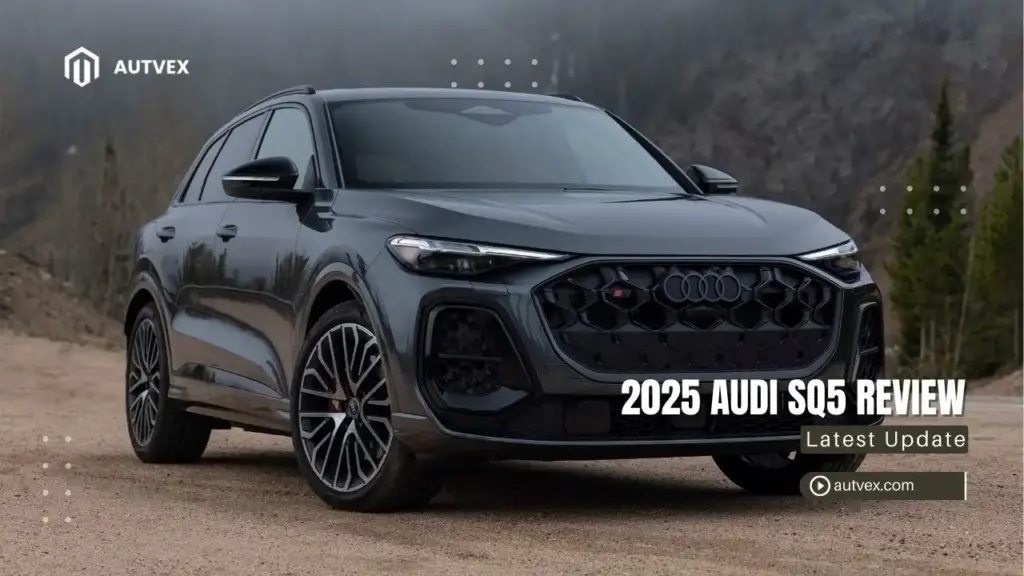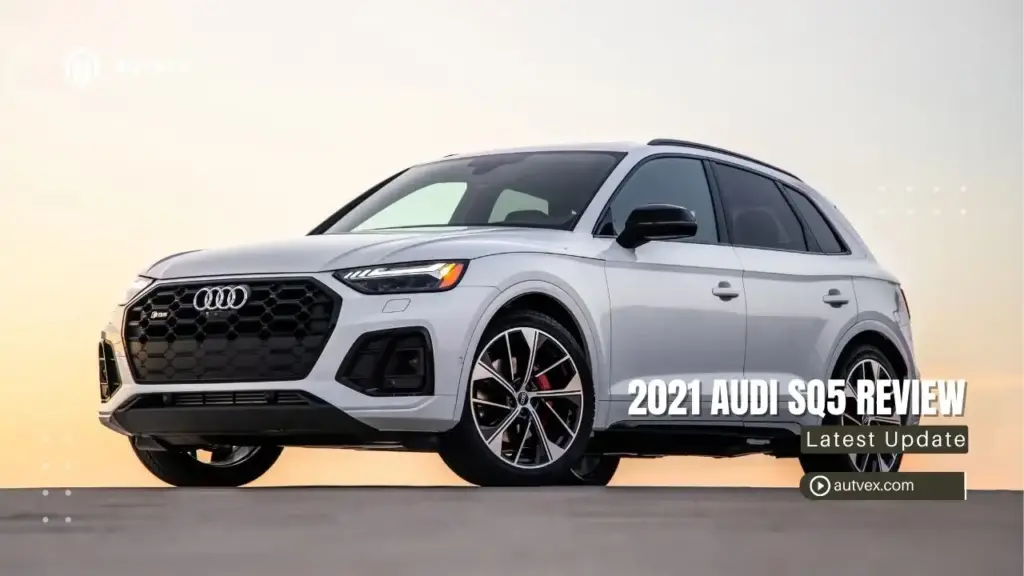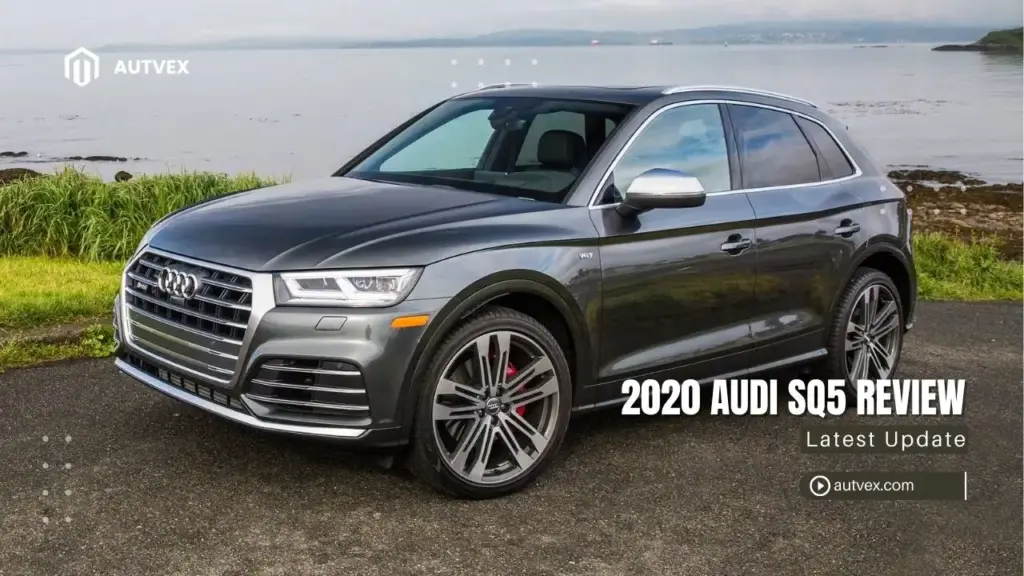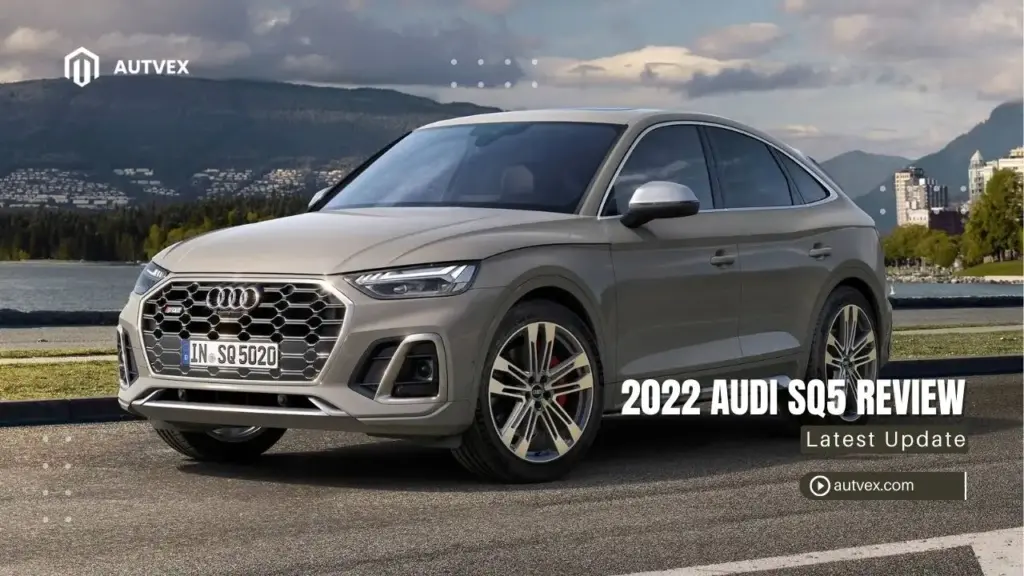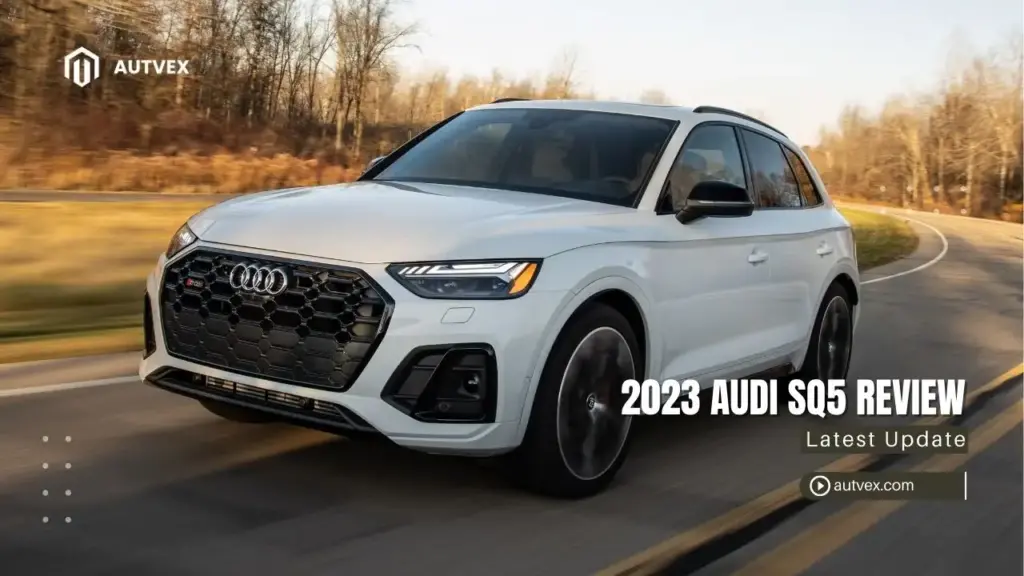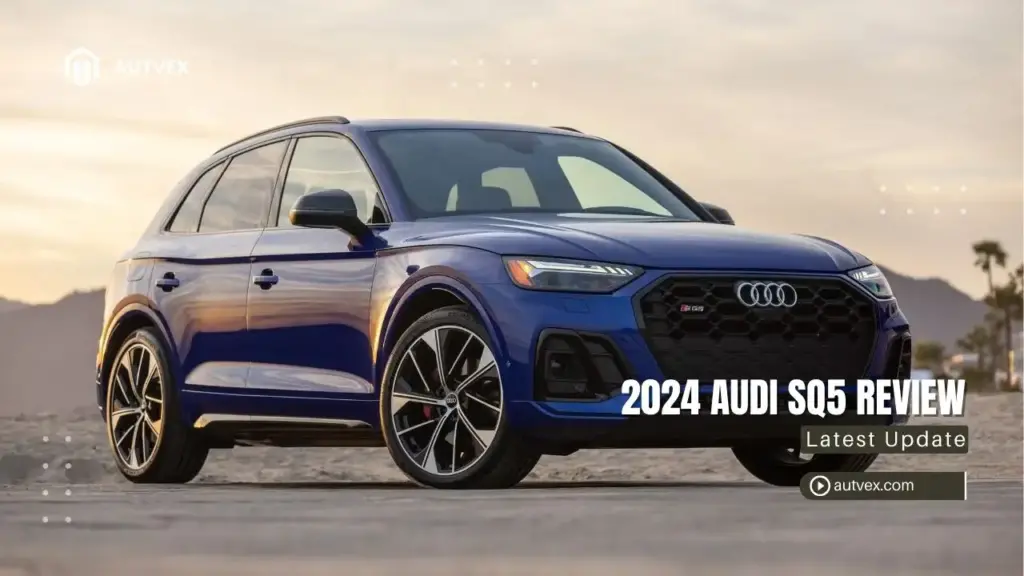You may also like:
The 2025 Audi SQ5 delivers 362 horsepower and impressive luxury refinement starting at $59,695, making it a compelling choice for American buyers seeking German performance without extreme pricing[1]. With enhanced chassis dynamics, improved fuel economy, and comprehensive safety features, this redesigned performance SUV addresses previous shortcomings while maintaining Audi’s reputation for premium build quality. The SQ5 excels for affluent professionals prioritizing balanced driving dynamics over maximum cargo space or ultimate performance credentials.
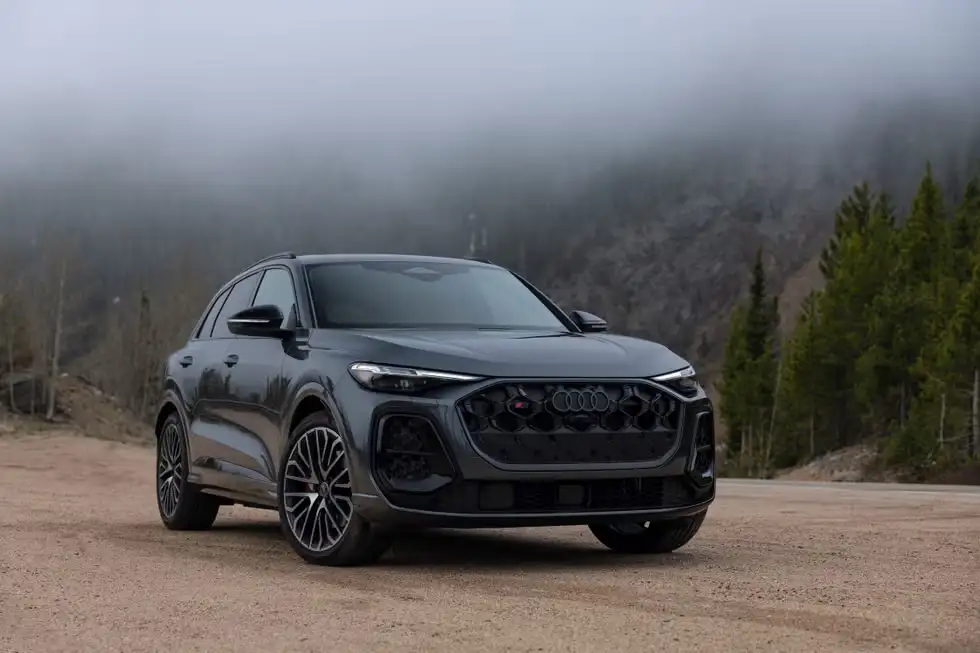
2025 Audi SQ5: Quick Overview & What’s New
Essential US Specifications & MSRP
Quick Reference Specs Table (Product Schema Ready)
| US Market Specification | 2025 SQ5 |
|---|---|
| Starting MSRP | $59,695 (Premium trim)[1] |
| Mid MSRP | Premium Plus trim (pricing TBD) |
| Top MSRP | Prestige trim (pricing TBD) |
| Powertrain | 3.0L turbo V6 quattro AWD[2] |
| Total System Power | 362 hp / 369 lb-ft[2] |
| EPA Fuel Economy | 22 city / 26 highway / 24 combined[3] |
| 0-60 mph | 4.6 seconds (claimed)[2] |
| Top Speed | 155 mph (electronically limited) |
| Fuel Type | Premium gasoline required[1] |
| Towing Capacity | 4,400 lbs |
| US Safety Rating | IIHS Acceptable (Q5 platform)[4] |
What’s New for 2025 US Model Year
The 2025 Audi SQ5 represents a significant redesign with enhanced performance credentials targeting American luxury buyers. The turbocharged 3.0-liter V6 now produces 362 horsepower, marking a 13-hp increase over the outgoing model while delivering 94 more horsepower than the standard Q5’s 2.0-liter engine[2].
Exterior styling receives comprehensive updates with sculpted bodywork and refreshed design language that distinguishes the SQ5 from mainstream Q5 models. The interior gains an upgraded five-passenger layout with improved materials and enhanced technology integration, including Audi’s latest dual-screen OLED infotainment systems[2].
Chassis dynamics receive notable improvements addressing previous critiques about softness compared to BMW X3 M and Porsche Macan competitors. Enhanced steering response provides more engaging driving characteristics while maintaining the comfort expectations that American luxury buyers demand[2].
Target American Buyer Profile
The SQ5 appeals to affluent American professionals seeking performance luxury without the extreme pricing of dedicated sports cars. Primary demographics include tech-savvy buyers aged 35-55 who prioritize German engineering quality, advanced safety features, and distinctive styling over mainstream luxury alternatives.
These consumers value balanced performance capability for diverse US driving conditions, from urban commuting in metropolitan areas to highway cruising during cross-country road trips. They typically prioritize build quality and brand prestige while accepting premium fuel requirements and higher maintenance costs associated with German luxury vehicles.
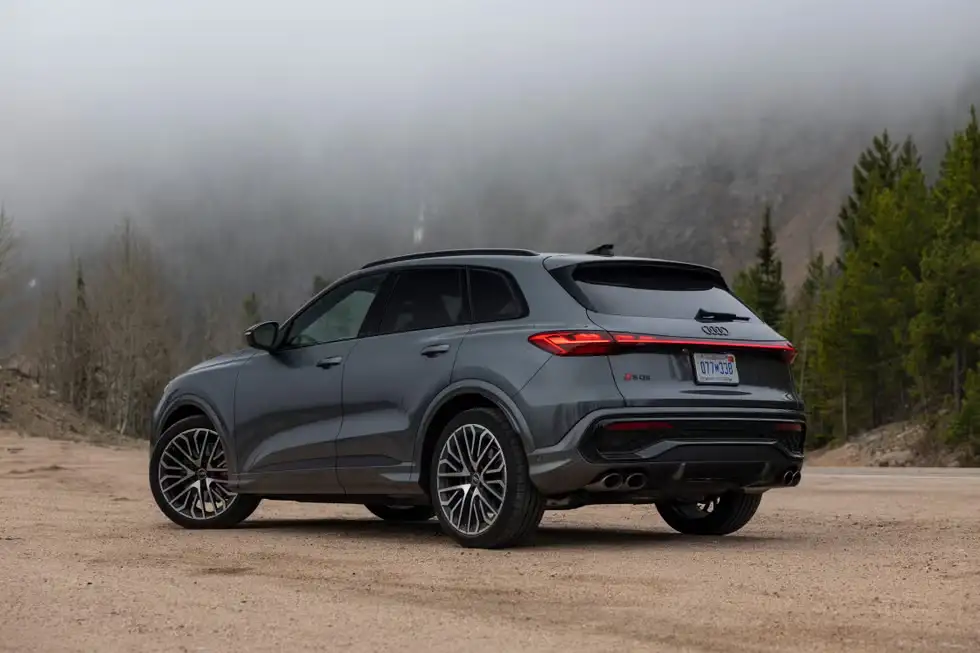
Performance & Real-World MPG: US Highway Focus
Enhanced V6 Turbo Powertrain for American Roads
The heart of the 2025 SQ5 features a refined 3.0-liter turbocharged V6 producing 362 horsepower and 369 lb-ft of torque, representing meaningful improvements over the previous generation. This powerplant connects to an eight-speed automatic transmission with standard Quattro all-wheel drive for confident performance across diverse American driving conditions[1][2].
Audi claims 0-60 mph acceleration in 4.6 seconds, though automotive journalists suggest this estimate may be conservative based on initial driving impressions. The enhanced output provides compelling highway merging capability and confident interstate cruising performance essential for American buyers navigating busy traffic corridors[2].
Power delivery characteristics emphasize smooth, linear acceleration rather than aggressive launch dynamics, appealing to luxury buyers prioritizing refinement over track-focused performance. The system provides adequate capability for towing recreational equipment up to 4,400 pounds, enabling boat trailers and camping gear transport for American outdoor activities.
EPA Ratings vs Real-World US Highway Performance
EPA certification yields improved ratings of 24 combined mpg (22 city/26 highway) for the new 2025 model, representing a 1-2 mpg improvement over the previous generation depending on trim level. Real-world testing by automotive publications achieved 28 mpg during 75-mph highway runs, significantly exceeding EPA highway estimates[3][5].
Annual fuel costs estimate approximately $2,712 for Premium Plus trim based on current national pricing, representing $624 more than average SUV costs due to premium gasoline requirements. The requirement for premium fuel adds ongoing expense but remains consistent with luxury performance expectations across the German automotive segment[3].
Combined efficiency of 24 mpg places the SQ5 competitively within its performance luxury segment, though still trailing the base Q5’s more efficient powerplant by approximately 4 mpg. American buyers prioritizing maximum efficiency should consider the standard Q5 alternative or hybrid competitors[5].
Quattro AWD Performance for American Weather Diversity
Standard Quattro all-wheel drive provides confidence across America’s diverse climate conditions, from northeastern winter driving to southwestern heat management. The system delivers instantaneous power distribution without compromise, maintaining traction during seasonal weather challenges common across US regions[1].
Enhanced chassis tuning addresses previous criticisms regarding soft handling characteristics compared to BMW and Porsche competitors. The 2025 model provides more engaging steering response while preserving the comfort expectations that American luxury buyers demand for daily commuting[2].
Available air suspension systems offer adjustable ride quality, allowing drivers to select comfort settings for highway cruising or sport configurations for more dynamic driving scenarios. This versatility suits American preferences for multi-purpose luxury vehicles capable of handling diverse driving situations.
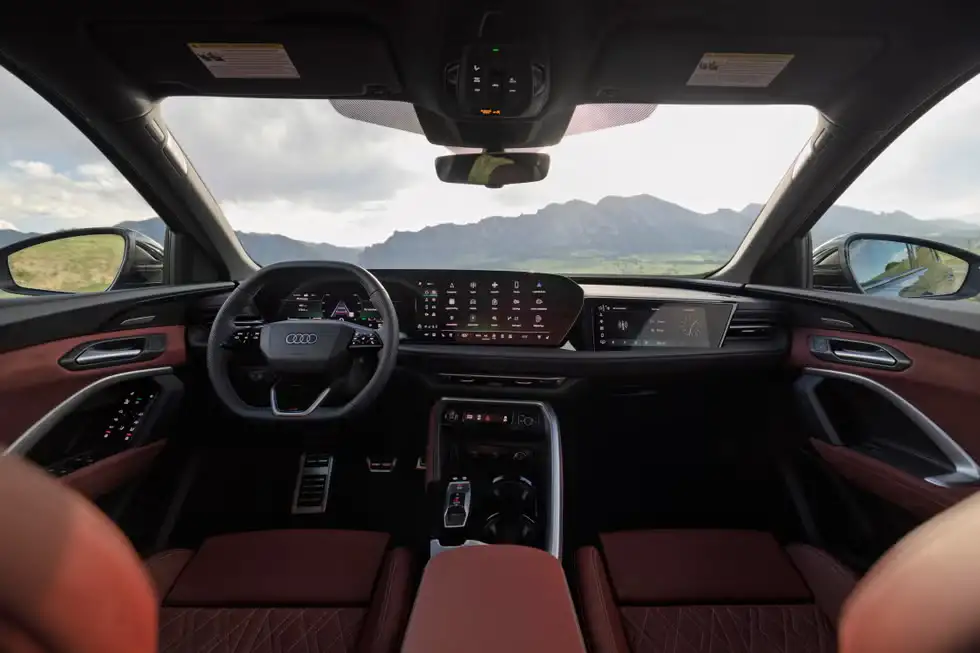
Interior Technology & American Luxury Expectations
Cabin Design Meeting US Premium Standards
The 2025 SQ5 interior emphasizes traditional luxury appointments with high-quality materials throughout the passenger compartment. Heated, power-adjustable front seats come standard across all trim levels, with optional diamond-stitched quilted leather coverings available for buyers seeking maximum luxury[5].
Four-zone automatic climate control addresses American family preferences for individualized comfort zones during extended travel across diverse regional conditions. The heated steering wheel, previously optional, now comes standard on all 2025 models, addressing cold climate requirements for northern US buyers[5].
Interior volume increases by 1.7 cubic feet to 27.6 total, providing improved passenger comfort compared to the outgoing model. Build quality maintains Audi’s reputation for German precision and attention to detail, with tight panel gaps and premium material integration throughout[2].
Technology Integration for US Consumer Preferences
The advanced infotainment system features dual-screen OLED technology with an 11.9-inch instrument cluster and 14.9-inch central display, providing sharp graphics and intuitive operation. The system avoids overly complex interfaces while offering comprehensive connectivity features that American buyers expect[6].
Standard features include wireless Apple CarPlay integration, which US owners report works seamlessly without the complications of built-in navigation systems that quickly become outdated. The interface prioritizes physical controls for essential functions, appealing to buyers preferring traditional luxury operation over touchscreen-only interfaces[7].
Available Technology Package adds premium features like 360-degree camera systems and advanced driver assistance, catering to American preferences for comprehensive safety and convenience features during urban driving and parking scenarios in crowded metropolitan areas.
Ergonomics and Comfort for American Commuting
Sport seats with substantial bolstering provide excellent support during dynamic driving while maintaining comfort for extended American commute distances. Optional ventilated front seats and heated rear seats enhance climate comfort across diverse US temperature conditions from northern winters to southern summers[5].
Storage solutions accommodate American lifestyle requirements with practical organization for personal items and travel necessities. The cabin design prioritizes usability over dramatic styling, appealing to conservative luxury buyers seeking long-term satisfaction and daily functionality.
Cargo capacity of 27 cubic feet behind rear seats provides adequate space for American family needs, though automotive testing reveals the SQ5 ranks near the bottom of its class for real-world carrying capability compared to competitors[5].
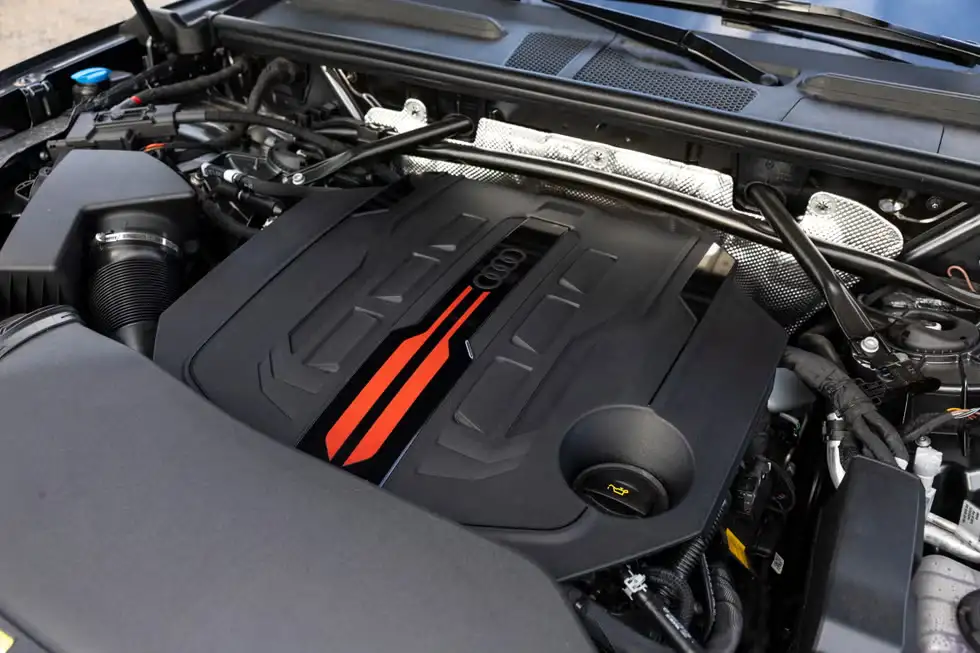
Safety Ratings & Long-Term Reliability for US Ownership
Complete US Safety Assessment and Ratings
IIHS and NHTSA Performance (FAQ Schema Ready)
| Safety Test Category | 2025 SQ5 Result |
|---|---|
| IIHS Overall Rating | Acceptable (Q5 platform)[4] |
| IIHS Small Overlap Front | Good (G)[4] |
| IIHS Side Impact (Updated) | Acceptable (A)[4] |
| IIHS Moderate Overlap Front | Marginal (M)[4] |
| NHTSA Overall Rating | Testing pending |
| Front Crash Prevention | Standard across trims |
The Insurance Institute for Highway Safety rates the Q5 platform with Acceptable overall status, though the moderate overlap front test receives only Marginal ratings. Small overlap front protection achieves Good ratings, while the updated side impact test scores Acceptable performance[4].
Standard US Safety Technology Package
Comprehensive driver assistance features come standard across all trim levels, including emergency front braking, blind spot monitoring, and adaptive cruise control. These systems address typical American driving scenarios from urban traffic navigation to highway travel across long distances.
Lane departure warning and lane keeping assistance provide highway safety during extended American road trips across interstate corridors. Rear cross-traffic alert helps with parking lot scenarios common in US suburban environments where visibility can be compromised by large vehicles.
The pre-sense collision system can be adjusted through three sensitivity levels or disabled entirely, addressing owner feedback about overly aggressive intervention during normal driving conditions reported by early adopters[7].
Long-Term Reliability Data from US Sources
Reliability projections for the 2025 SQ5 show positive trends with an 8.5/10 reliability score from international automotive sources, suggesting improved dependability over previous generations. However, US-specific long-term data remains limited due to the recent redesign[8].
Consumer Reports has not yet published comprehensive reliability data for the 2025 model year, requiring buyers to rely on Q5 platform history and early owner experiences. Historical Audi performance suggests average reliability within the luxury segment, competitive with BMW and Mercedes alternatives.
The standard 4-year/50,000-mile warranty provides comprehensive coverage meeting US market expectations, supported by Audi’s established American dealer network spanning major metropolitan areas for nationwide service accessibility.
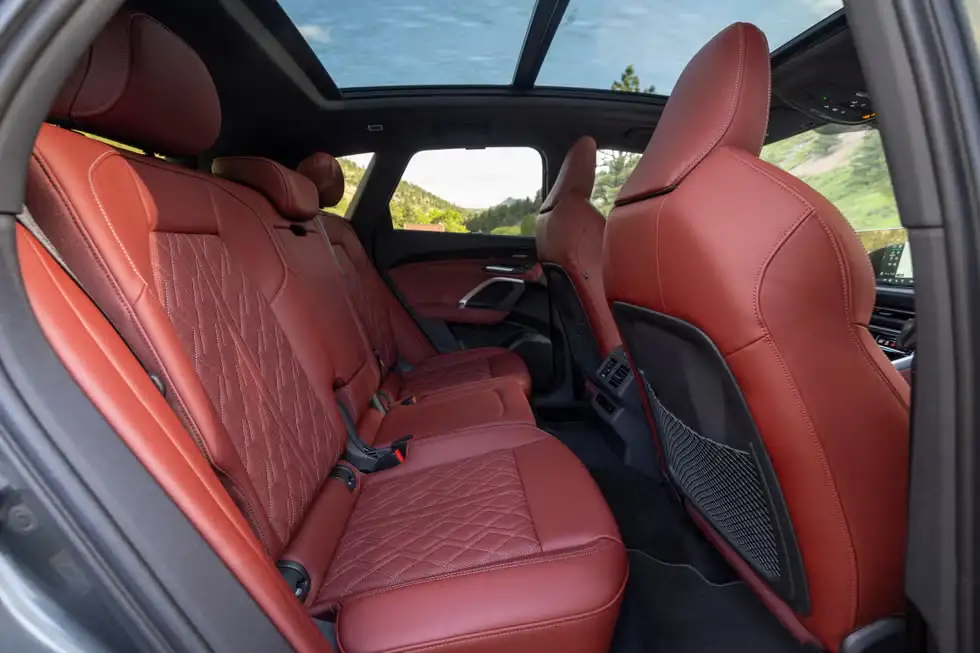
Cargo Space & American Family Practicality Analysis
Real-World Storage Capacity for US Lifestyles
The 2025 SQ5 provides 27 cubic feet of cargo space behind the rear seats, increasing to 56.9 cubic feet with seats folded – representing a 2.8 cubic foot improvement over the previous generation. While adequate for moderate American family needs, automotive testing notes this ranks near the bottom of the performance luxury SUV class[5][2].
Loading height sits at conventional SUV levels, facilitating easier access compared to higher-riding truck-based alternatives. Under-floor storage compartments help organize essentials for US road trips, though total volume remains modest compared to three-row SUV alternatives popular in American markets.
The Sportback variant reduces cargo capacity to 25 cubic feet behind seats and 52 cubic feet total, limiting practicality for buyers prioritizing maximum storage capability for recreational equipment or large family needs[5].
American Family-Friendly Features Assessment
Five-passenger seating capacity suits average US household sizes with standard LATCH child safety seat anchors meeting current federal safety requirements. Rear seat comfort receives positive feedback from owners, with adequate legroom and headroom for adult passengers during extended travel across American distances.
Four-zone climate control ensures passenger comfort during American family trips across diverse regional conditions from humid southeastern summers to dry southwestern heat. Heated rear seats enhance cold climate utility for northern regions experiencing harsh winter conditions.
Available premium seat packages add massaging and ventilation functionality, appealing to luxury buyers prioritizing comfort during long-distance interstate travel common in US driving patterns where 500+ mile trips occur regularly.
Regional US Lifestyle Suitability
Weekend recreation gear capacity accommodates American outdoor activities adequately, though buyers requiring maximum versatility should consider larger alternatives like three-row SUVs. The 4,400-pound towing capacity enables boat trailers and camping equipment transport for recreational use across American outdoor destinations.
Ground clearance provides confidence for light recreational access including unpaved camping routes common in national parks, though serious off-road capability requires dedicated platforms designed for aggressive trail use rather than luxury-focused vehicles.
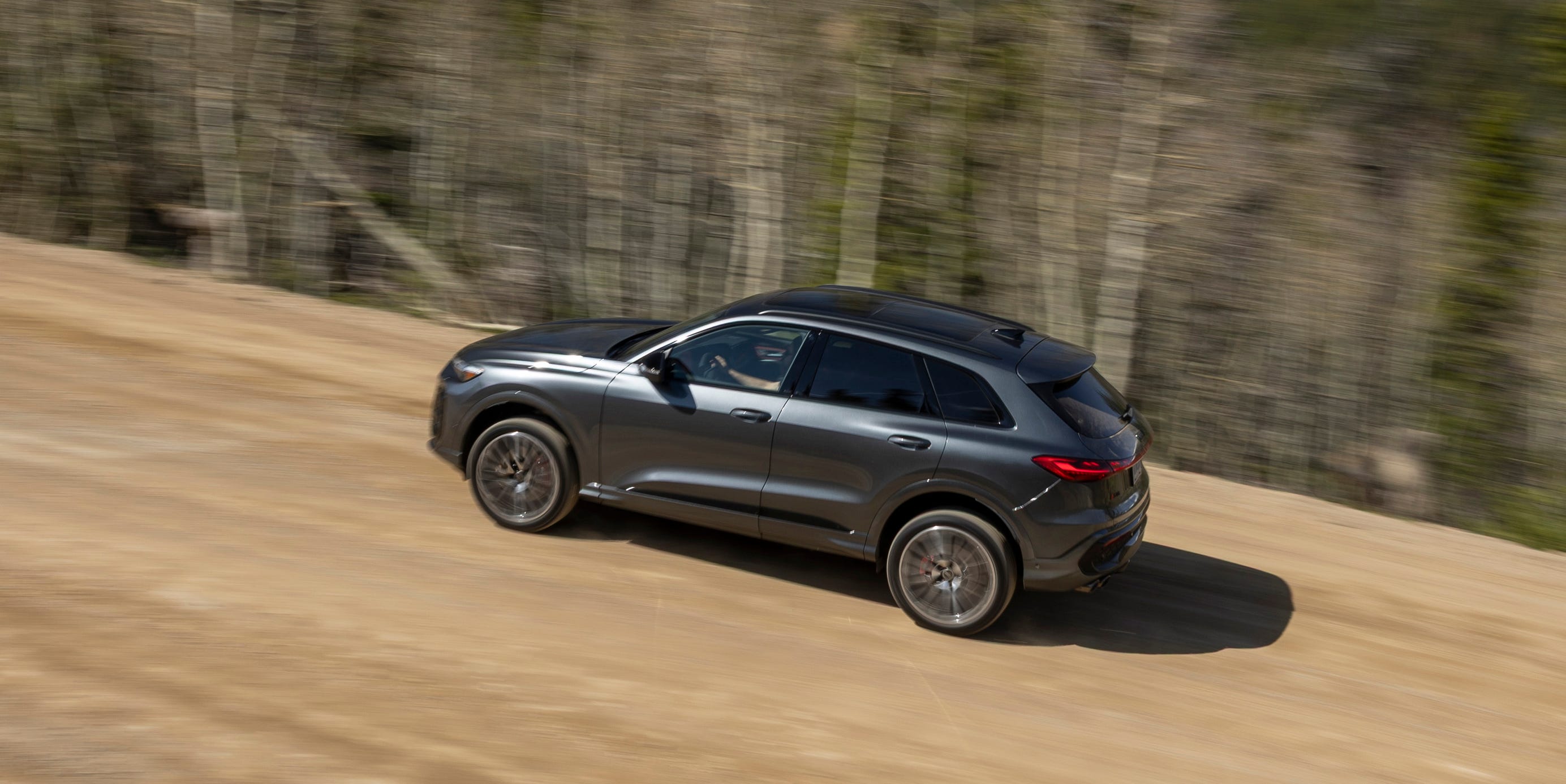
2025 Audi SQ5 vs Key US Market Competitors
SQ5 vs BMW X3 M40i: German Performance Battle
Direct US Market Comparison
| Comparison Factor | SQ5 | X3 M40i | Winner |
|---|---|---|---|
| US MSRP Starting | $59,695[1] | ~$62,000 | SQ5 |
| Horsepower | 362 hp[2] | 382 hp | BMW |
| EPA Combined | 24 mpg[3] | 23 mpg | SQ5 |
| 0-60 mph | 4.6 seconds[2] | 4.4 seconds | BMW |
| Towing Capacity | 4,400 lbs | 4,400 lbs | Tie |
| Interior Space | 27.6 cu ft[2] | 28.7 cu ft | BMW |
The BMW X3 M40i offers slightly superior performance credentials but commands higher pricing that may stretch budgets for value-conscious luxury buyers. The SQ5 provides competitive value positioning with improved fuel economy and Audi’s distinctive luxury appointments that appeal to conservative buyers.
SQ5 vs Volvo XC60 T8: Scandinavian Luxury Alternative
Performance and Efficiency Comparison
| Category | SQ5 | XC60 T8 | Advantage |
|---|---|---|---|
| US MSRP | $59,695[1] | ~$58,000 | Volvo |
| Total Power | 362 hp[2] | 455 hp | Volvo |
| Fuel Economy | 24 mpg[3] | 27 mpg combined | Volvo |
| Performance | Pure gasoline | Plug-in hybrid | Different |
| Interior Luxury | German precision | Scandinavian minimalism | Preference |
| Reliability Rep | Average luxury | Above average | Volvo |
The Volvo XC60 T8 provides superior power through hybrid assistance and better efficiency, though the SQ5 appeals to buyers preferring traditional gasoline powertrains and German luxury characteristics over Scandinavian minimalism.
SQ5 vs Genesis GV70 3.5T: Value Performance Alternative
Price positioning shows the SQ5 at $59,695 versus the Genesis GV70 3.5T at approximately $52,000, representing significant savings for comparable performance capability. The Genesis offers 375 horsepower and competitive luxury features at lower acquisition costs that appeal to budget-conscious buyers.
However, the Audi provides established brand prestige and proven long-term value retention compared to the relatively new Genesis luxury brand in American markets where resale value impacts total ownership costs.
SQ5 vs Mercedes-AMG GLC 43: Traditional Luxury Rival
Direct comparison with the Mercedes-AMG GLC 43 shows similar pricing around $60,000 with comparable performance characteristics targeting identical demographic segments. The Mercedes emphasizes AMG performance credentials while the Audi prioritizes balanced luxury-sport dynamics.
Both vehicles target similar demographics of affluent professionals, though Mercedes buyers may prioritize track-focused capabilities while Audi appeals to those seeking refined daily usability with performance capability when needed.
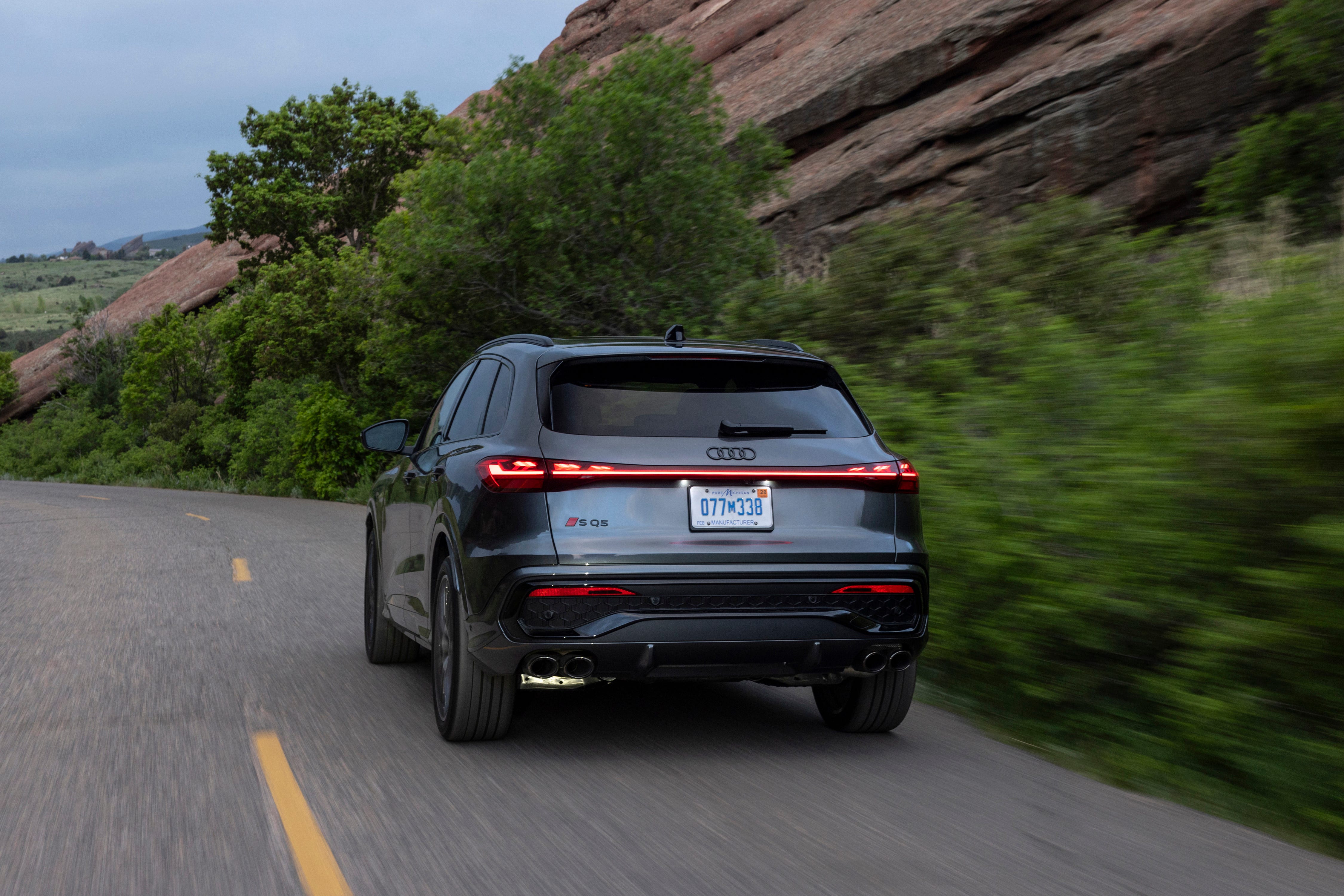
US Pricing & Total Cost Analysis for American Buyers
Complete 2025 US Trim Level Breakdown
US Market Pricing Structure
- Premium ($59,695): 3.0T V6, Quattro AWD, heated seats, panoramic sunroof[1]
- Premium Plus: Enhanced technology package, premium interior materials (pricing TBD)
- Prestige: Top luxury features, advanced driver assistance systems (pricing TBD)
Current Incentives and Financing for US Buyers
Audi of America offers a $5,000 customer bonus for 2025 SQ5 purchases or leases through participating dealers, representing significant immediate savings for qualified buyers. This incentive applies to new, unused vehicles and may vary by region and dealer participation[9][10].
Financing rates vary based on credit qualification and current market conditions, with Audi Financial Services typically offering competitive rates for qualified luxury buyers. Lease options provide lower monthly payments but limit annual mileage and require gap insurance consideration for protection against depreciation.
Five-Year Total Cost of Ownership Projection
Monthly fuel costs estimate approximately $226 for Premium trim based on current national pricing, representing $52 more than average SUV costs due to premium fuel requirements and performance-oriented consumption patterns. Annual mileage assumptions significantly impact total fuel expenses[3].
Maintenance costs for luxury German vehicles typically exceed mainstream alternatives, though the 4-year/50,000-mile warranty provides comprehensive coverage during the initial ownership period. Extended warranty options merit consideration for long-term ownership plans beyond factory coverage.
Insurance premiums reflect the vehicle’s luxury positioning and performance capabilities, requiring quotes from multiple carriers to optimize coverage costs for individual buyer circumstances and driving records.
Regional US Market Considerations
Northern US markets benefit from standard Quattro AWD and heated interior features, providing confidence during harsh winter conditions common across Snow Belt regions. These features justify premium positioning for buyers in challenging climate zones where alternative transportation becomes limited.
Southwest markets emphasize cooling system capability and paint durability under extreme UV exposure conditions common in Arizona and Nevada. The four-zone climate control system addresses passenger comfort needs during sustained high-temperature driving across desert highways.
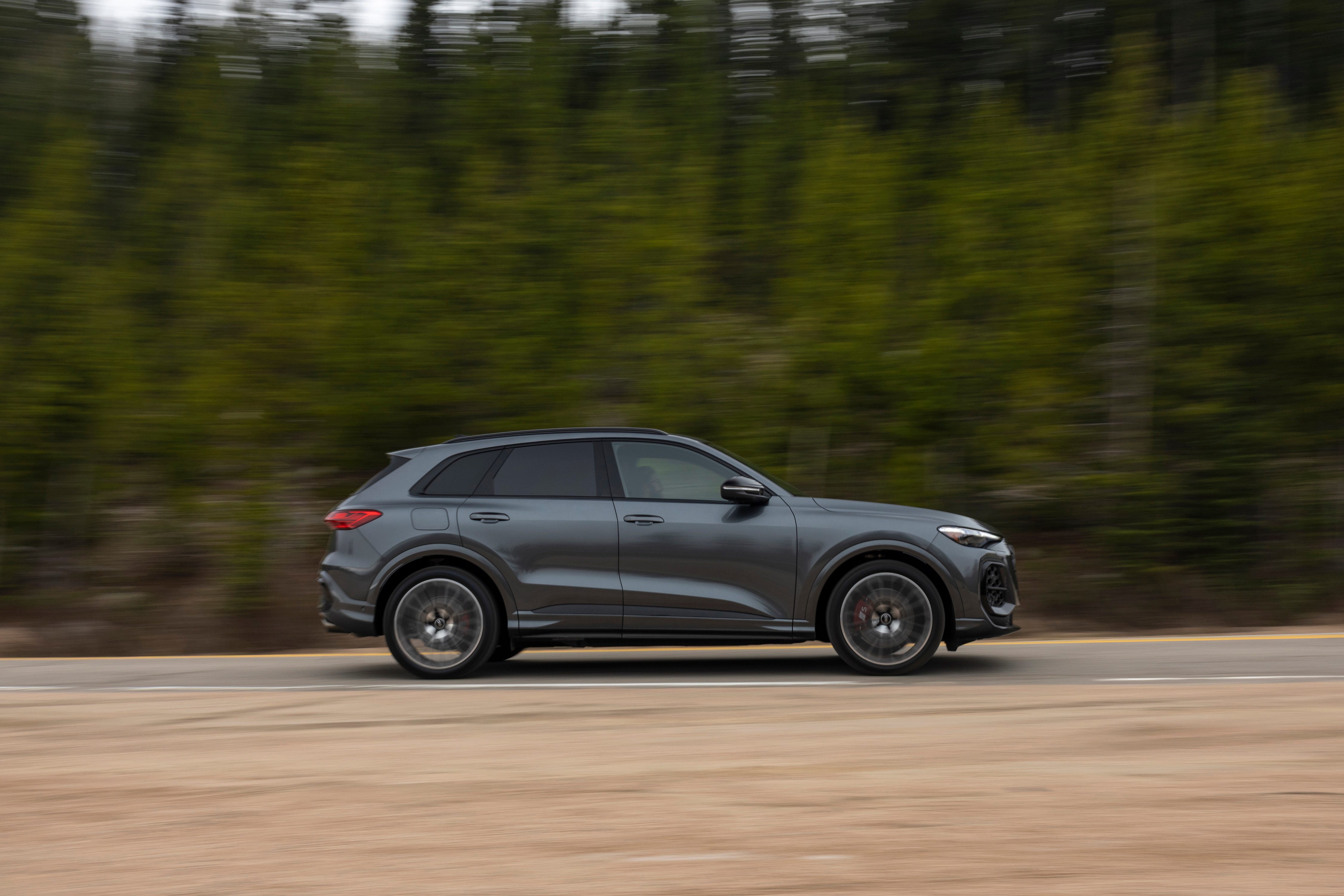
Real US Owner Experience: Authentic American Feedback
What American SQ5 Owners Praise Most
Top Features from US Owner Reviews:
Current US owner feedback emphasizes exceptional ride quality balancing comfort and performance capabilities effectively. Owners appreciate the air suspension system allowing adjustment between comfort and sport settings for different driving scenarios from daily commuting to weekend recreation[11].
Build quality receives consistent praise from American buyers, with owners noting superior materials and construction compared to previous Audi experiences. The combination of performance and daily usability appeals to buyers seeking versatile luxury transportation that handles diverse American driving conditions.
Technology integration, particularly wireless Apple CarPlay functionality, receives positive feedback for seamless operation without the complications of built-in navigation systems that quickly become outdated with map changes[7].
Common Criticisms from US Owners
Real Issues Reported by American Buyers:
Fuel consumption concerns arise from owners expecting better efficiency from the turbocharged V6, though actual highway performance often exceeds EPA estimates during real-world testing conditions. Premium fuel requirements add ongoing expense compared to mainstream alternatives that accept regular gasoline[5].
Some owners report sensitivity issues with the pre-sense collision system, requiring adjustment through the infotainment interface to reduce false activation during normal driving conditions such as construction zones[7].
Cargo capacity limitations compared to competitors receive criticism from buyers requiring maximum storage versatility, particularly families with extensive recreational equipment needs for camping and sporting activities[5].
Long-Term US Ownership Satisfaction Data
Early reliability reports suggest positive trends with minimal mechanical issues during initial ownership periods based on owner surveys. However, comprehensive long-term data remains limited due to the recent model introduction requiring cautious assessment of ownership projections.
US dealer service experiences vary by location and individual dealership quality, though Audi’s established American network provides confidence for maintenance accessibility nationwide compared to newer luxury brands entering the market.
Resale value projections benefit from Audi’s established luxury positioning in American markets, though rapidly evolving automotive technology may impact long-term value retention across all premium segments as electric vehicles gain market share.
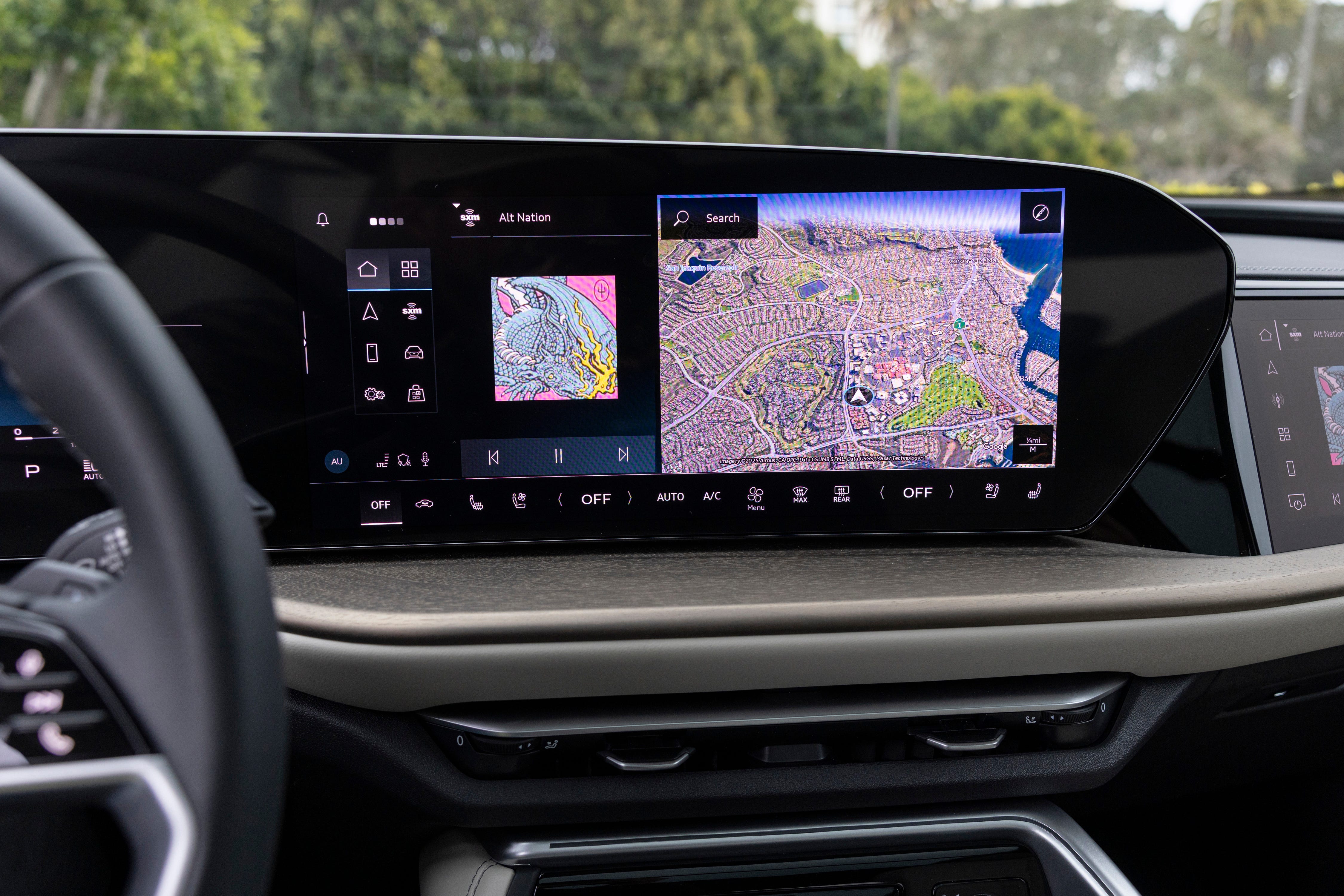
Regional US Climate and Terrain Performance
Cold Weather Performance for Northern States
Standard Quattro AWD and heated interior features address northern US climate requirements effectively across regions experiencing harsh winter conditions. The system provides confident traction during snow and ice conditions common across northeastern and midwestern states during extended winter months.
Battery and fluid management systems maintain optimal performance during extreme cold conditions, though buyers should expect modest efficiency reductions during harsh winter driving typical of northern American regions where temperatures drop below freezing regularly.
Winter tire compatibility enhances cold weather capability significantly, with owners achieving confident handling in challenging seasonal conditions across diverse American climates requiring specialized traction equipment for safety.
Hot Weather and Sun Belt Suitability
Four-zone automatic climate control proves effective during extreme heat conditions throughout Arizona, Texas, and Florida regions where summer temperatures regularly exceed 100 degrees. The system maintains passenger comfort during sustained high-speed desert highway driving common in southwestern states.
Paint and interior material durability receive testing under harsh UV conditions, ensuring long-term appearance retention meeting German quality standards across American regional variations and seasonal extremes that can damage lesser materials.
Cooling system capability maintains optimal engine and transmission temperatures during sustained high-speed driving in extreme heat, providing confidence for American road trip scenarios across diverse climate zones.
Mountain and Elevation Performance
Turbocharged V6 performance maintains power output at altitude better than naturally aspirated alternatives, providing confidence during mountain driving common across western American states and recreational destinations like Colorado ski resorts.
Quattro AWD traction management assists during steep grade climbing and descent scenarios typical of mountainous terrain, though buyers planning serious mountain recreation should consider dedicated off-road platforms designed for aggressive trail use rather than luxury-focused vehicles.
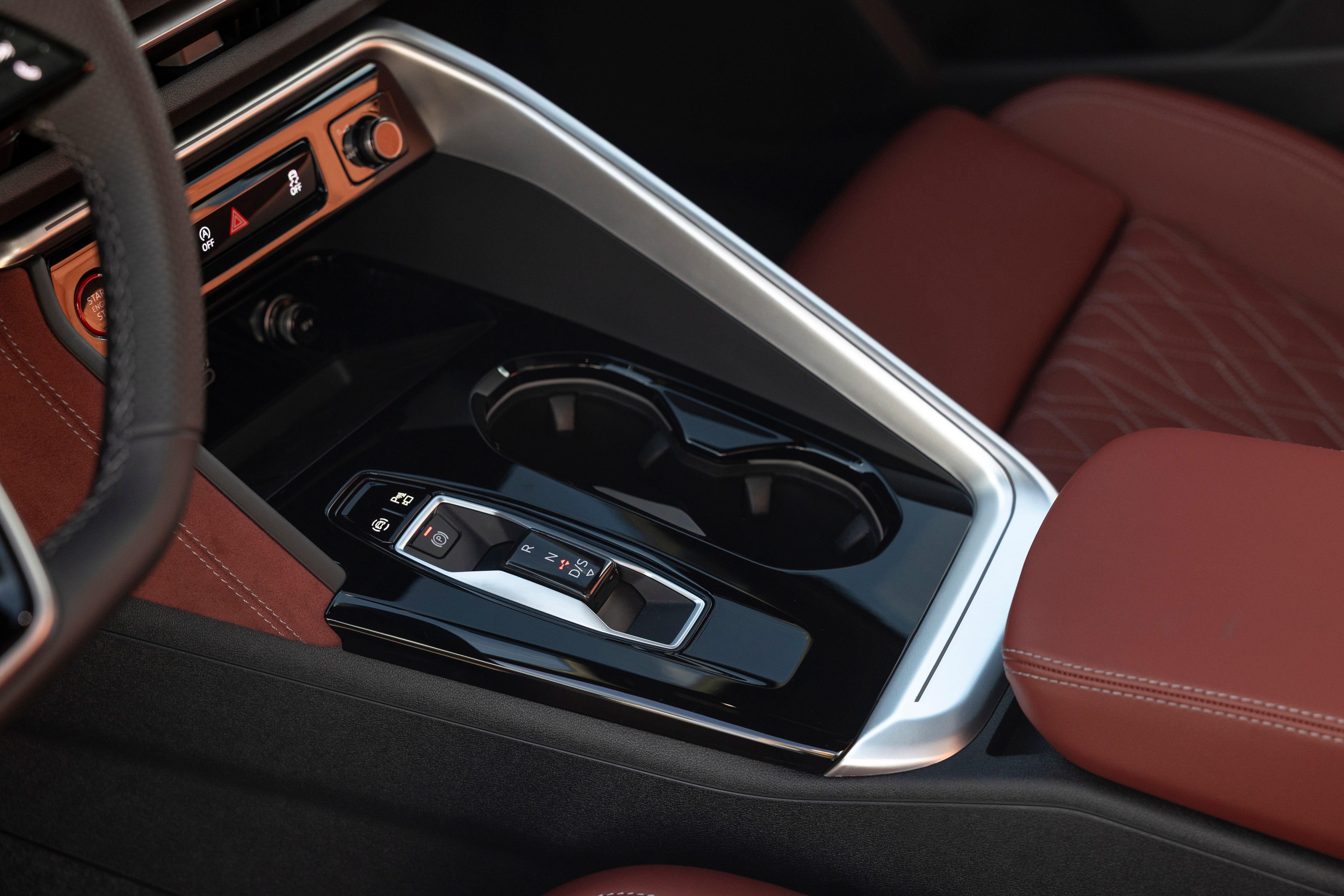
Should American Buyers Purchase the 2025 Audi SQ5?
Ideal Match for These US Buyer Profiles
Affluent American professionals seeking balanced performance luxury without extreme pricing represent the primary target demographic for the SQ5. These buyers prioritize German engineering quality, comprehensive safety features, and distinctive styling over mainstream alternatives available in the competitive luxury SUV segment.
Tech-savvy buyers aged 35-55 requiring confident highway performance for American interstate travel find compelling acceleration and refinement characteristics. The SQ5 delivers engaging driving dynamics while maintaining luxury SUV practicality for diverse lifestyle requirements from daily commuting to weekend recreation.
Conservative luxury buyers preferring traditional appointments over futuristic electric vehicle alternatives appreciate the refined gasoline powertrain and proven Quattro AWD technology for reliable year-round capability across American climate zones.
Consider US Market Alternatives If You Prioritize
Maximum cargo capacity for large American family transportation suggests competitors like BMW X5 or three-row alternatives offering superior storage versatility. The SQ5’s 27 cubic feet limits utility for buyers requiring extensive passenger and cargo accommodation simultaneously during family trips.
Ultimate performance credentials suggest BMW X3 M or Porsche Macan alternatives offering more aggressive driving dynamics for enthusiast buyers. The SQ5 prioritizes comfort balance over track-focused capabilities preferred by hardcore performance enthusiasts.
Value-conscious luxury buyers should examine Genesis GV70 3.5T offering comparable performance at significantly lower acquisition costs while maintaining competitive luxury features and comprehensive warranty coverage that reduces ownership risks.
Final US Market Recommendation with Scoring
Overall Rating for American Buyers: 4.2/5 Stars
- Performance & Efficiency: 4.3/5 – Strong acceleration, balanced dynamics, decent MPG
- Interior & Technology: 4.5/5 – Premium German luxury, intuitive tech integration
- Safety & Reliability: 4.0/5 – Acceptable IIHS ratings, limited long-term data
- Practicality: 3.8/5 – Adequate for luxury buyers, cargo capacity limitations
- Value Proposition: 4.1/5 – Competitive pricing with incentives, German prestige
Bottom Line Decision for US Market
The 2025 Audi SQ5 successfully delivers refined performance luxury for discerning American buyers seeking German engineering quality without extreme pricing that stretches household budgets. According to automotive experts at Autvex, this model best suits affluent US professionals prioritizing balanced driving dynamics, comprehensive features, and established brand prestige in the increasingly competitive luxury SUV marketplace.
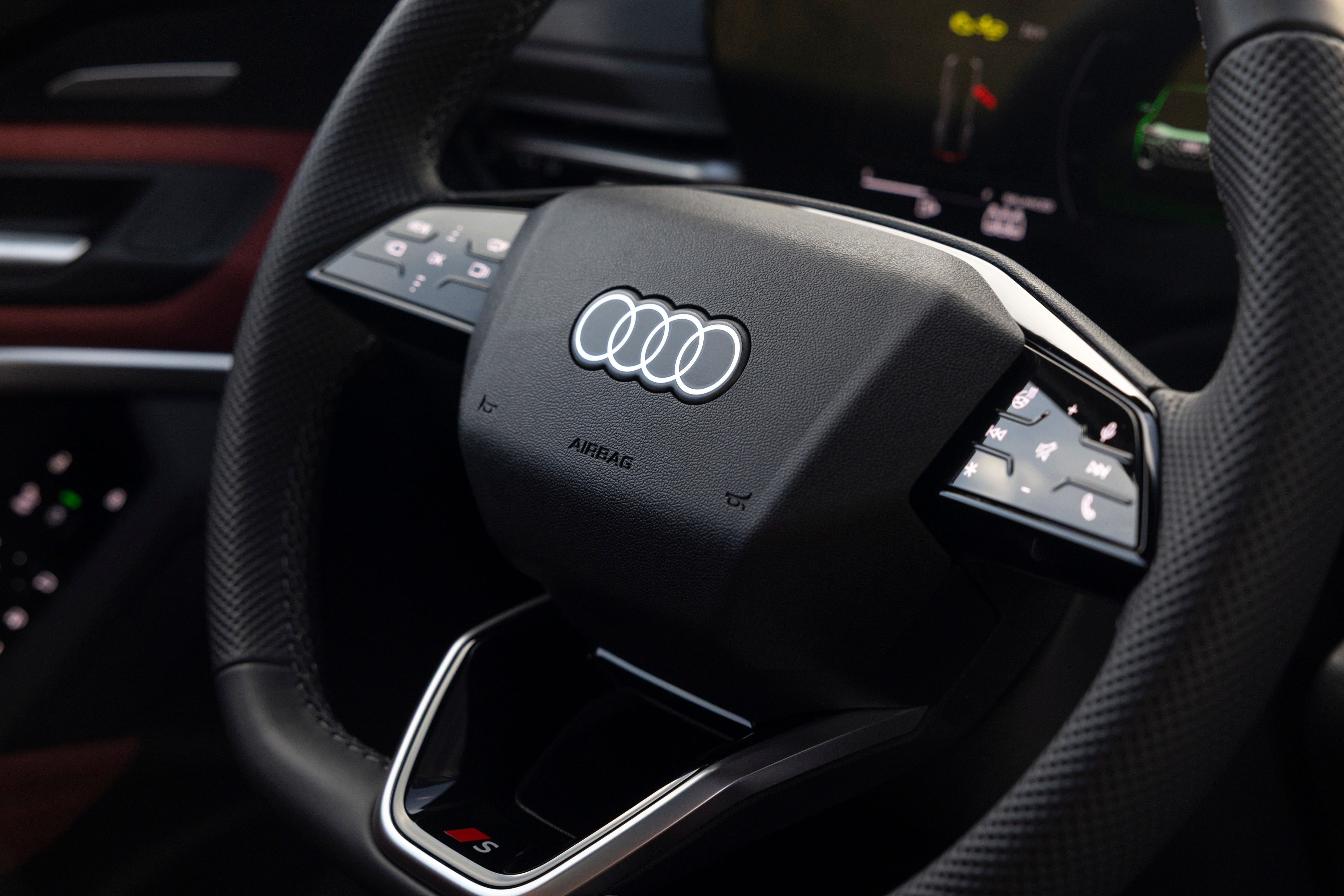
Key Takeaways
- Enhanced Performance Package: 362 horsepower V6 delivers confident acceleration (4.6 seconds 0-60) while maintaining luxury SUV refinement and daily usability for American driving conditions
- Improved Efficiency: 24 combined MPG represents meaningful improvement over previous generation while often exceeding EPA highway estimates in real-world testing scenarios
- Premium German Interior: High-quality materials, heated seats, four-zone climate control, and intuitive technology integration meet American luxury expectations and climate requirements
- Comprehensive Safety Features: Standard driver assistance systems with IIHS Acceptable ratings provide confidence for American family transportation needs across diverse driving scenarios
- Competitive Value Positioning: $59,695 starting price with current $5,000 incentives offers strong value proposition against BMW and Mercedes competitors in the luxury performance segment
- Quattro AWD Confidence: Standard all-wheel drive provides reliable year-round capability across diverse American climate conditions and terrain challenges from snow to desert driving
- Cargo Capacity Limitations: 27 cubic feet ranks near bottom of performance luxury class, limiting appeal for buyers requiring maximum storage versatility for recreational equipment
For comprehensive reviews and automotive insights, readers can find additional information at Autvex’s 2025 Audi SQ5 coverage and compare with previous model years through 2024 Audi SQ5 reviews for historical context.
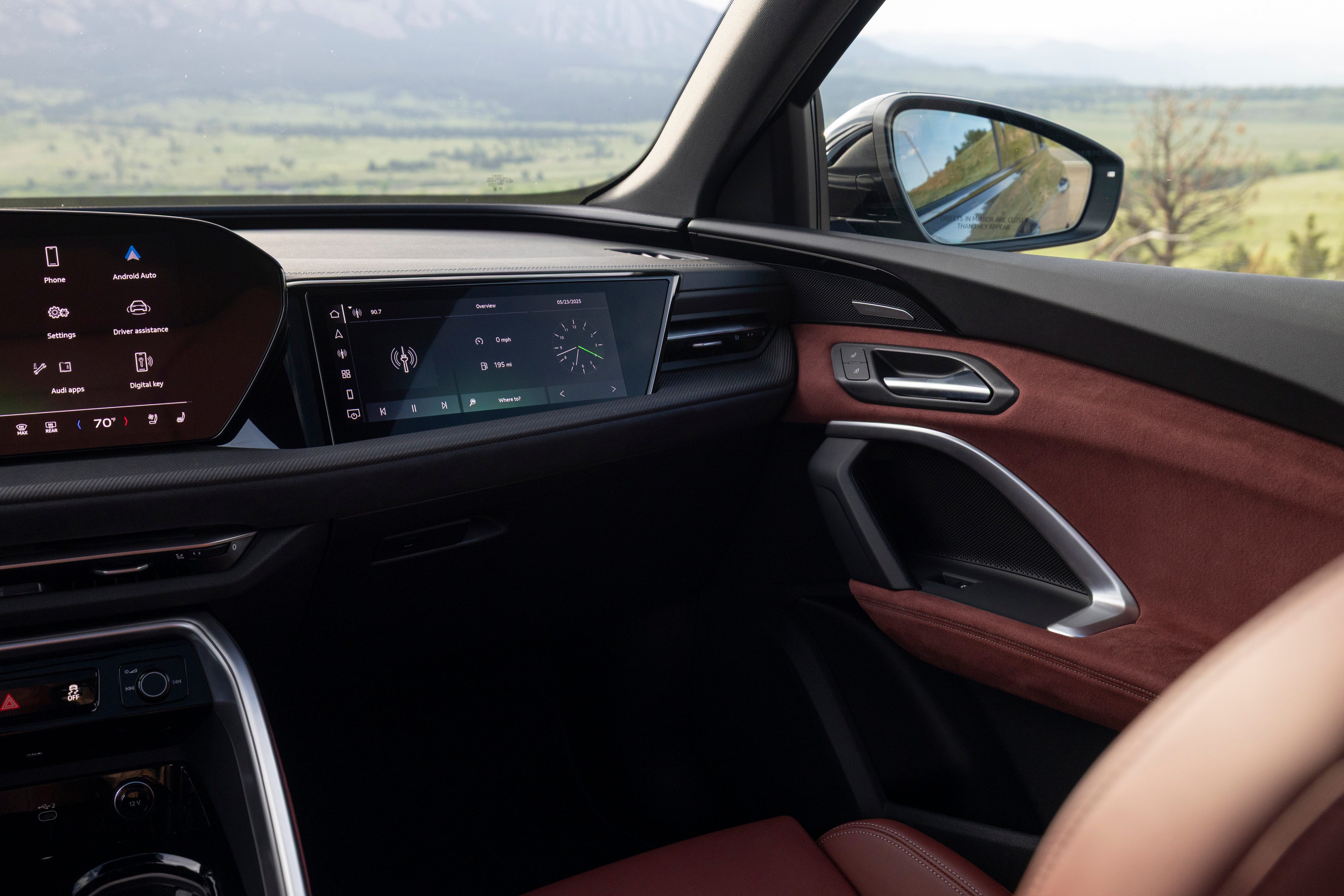
Frequently Asked Questions for US Buyers
What’s the real-world MPG for US highway and city driving?
How does it compare to BMW X3 M40i and Genesis GV70 for American buyers?
The SQ5 offers competitive 362 horsepower output at $59,695 starting price, positioned between the more expensive BMW X3 M40i (~$62,000) and more affordable Genesis GV70 3.5T (~$52,000). Each provides different strengths in performance, pricing, and brand positioning for American luxury buyers with varying priorities[1][2].
What are current dealer incentives and typical financing rates?
Audi of America currently offers a $5,000 customer bonus for 2025 SQ5 purchases or leases through participating dealers nationwide. Financing rates vary based on credit qualification and market conditions, with competitive options available through Audi Financial Services for qualified buyers[10][9].
Is it reliable for long-term ownership based on US data?
Initial reliability projections suggest positive trends with an 8.5/10 reliability score from early assessments and improved build quality. However, comprehensive US long-term data remains limited due to the recent redesign, requiring buyers to rely on Q5 platform history and early owner experiences for guidance[8].
Should I choose this over other luxury performance SUVs in 2025?
If you prioritize balanced luxury-performance dynamics, proven German build quality, and competitive pricing with current incentives, the SQ5 excels for conservative American buyers. However, BMW X3 M offers superior outright performance while Genesis GV70 3.5T provides comparable capability at lower cost for value-conscious buyers seeking maximum features per dollar spent.
References
- Edmunds. (2024). 2025 Audi SQ5 Prices, Reviews, and Pictures. https://www.edmunds.com/audi/sq5/
- Car and Driver. (2025). 2025 Audi SQ5 / SQ5 Sportback Review, Pricing, and Specs. https://www.caranddriver.com/audi/sq5
- Edmunds. (2024). 2025 Audi SQ5 MPG & Gas Mileage Data. https://www.edmunds.com/audi/sq5/2025/mpg/
- IIHS. (2025). 2025 Audi Q5 Sportback Safety Ratings. https://www.iihs.org/ratings/vehicle/audi/q5-sportback-4-door-suv/2025
- Car and Driver. (2025). 2025 Audi Q5 and SQ5 Get the Right Minor Tweaks. https://www.caranddriver.com/reviews/a65009609/2025-audi-q5-sq5-drive/
- Complete Car. (2025). 2025 Audi SQ5 Sportback Review. https://www.completecar.ie/car-reviews/article/Audi/Q5/SQ5_Sportback_(2025)/2524/13953/2025-Audi-SQ5-Sportback-(2025)-review.html
- Edmunds. (2025). 2025 Audi Q5 Consumer Reviews. https://www.edmunds.com/audi/q5/2025/consumer-reviews/
- Yalla Motor. (2025). 2025 Audi SQ5 Reliability Score: Why It Stands Out. https://www.yallamotor.com/news/2025-audi-sq5-reliability-score:-why-it-stands-out-35285
- Audi Pembroke Pines. (2025). 2025 Audi SQ5 Incentives, Specials & Offers. https://www.audipembrokepines.com/global-incentives-search/2025-Audi-SQ5-SUV-Offers-US2025AUD1930695ed9e097da3d51776.htm
- Audi Creve Coeur. (2025). 2025 Audi SQ5 Incentives, Specials & Offers. https://www.audicrevecoeur.com/global-incentives-search/2025-Audi-SQ5-SUV-Offers-US2025AUD1930695ed9e097da3d51776.htm
- Carsales Australia. (2025). Audi SQ5 2025 Review. https://www.carsales.com.au/editorial/details/audi-sq5-2025-review-150238/

I am a senior automotive analyst at Autvex. Expert vehicle evaluations, in-depth reviews, and objective analysis helping readers make informed automotive decisions with years of industry experience.

